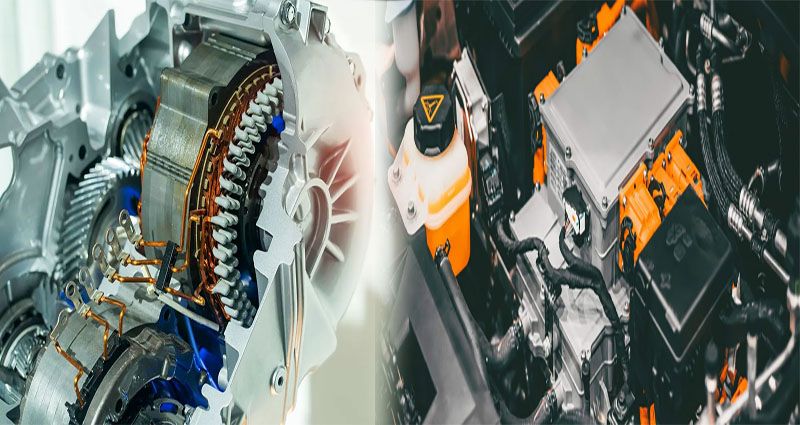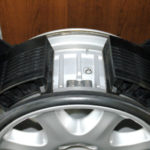Electric vehicles (EVs) are gaining traction as a sustainable and efficient mode of transportation. At the heart of every EV are its electric motor and battery, which work in tandem to propel the vehicle and provide the power needed to drive. Understanding the functions and significance of these components is crucial for grasping the mechanics of electric vehicles. In this article, we will delve into the role of the electric motor and battery in electric vehicles.
1. The Electric Motor
The electric motor serves as the propulsion system of an electric vehicle, converting electrical energy from the battery into mechanical energy to drive the wheels. Here are key points to consider regarding the electric motor’s role:
- Efficiency: Electric motors are highly efficient, converting a high percentage of the electrical energy they receive into mechanical energy to drive the vehicle. This efficiency contributes to the overall energy savings and environmental benefits of electric vehicles.
- Regenerative Braking: Electric motors in EVs often employ regenerative braking, a system that captures and stores energy during braking, then utilizing it to recharge the battery. This feature enhances energy efficiency and extends the vehicle’s range.
- Torque Characteristics: Electric motors deliver instant torque, providing rapid acceleration and a smooth driving experience. This instantaneous power delivery is a hallmark of electric vehicles and contributes to their performance appeal.
2. The Battery
The battery of an electric vehicle is its energy storage unit, providing the power necessary to operate the electric motor and other vehicle systems. Understanding the role of the battery is essential to comprehending the vehicle’s overall functionality:
- Energy Storage: The battery stores the electrical energy needed to power the electric motor, as well as the vehicle’s auxiliary systems such as lights, climate control, and entertainment features.
- Range and Capacity: The battery’s capacity, typically measured in kilowatt-hours (kWh), determines the amount of energy it can store. This, in turn, influences the driving range of the vehicle. Advances in battery technology are continually enhancing the energy density and capacity of EV batteries, leading to improved driving ranges.
- Charging and Battery Management: The management and charging of the battery are critical aspects of an EV’s operation. Various charging methods and technologies, along with battery management systems, ensure that the battery remains healthy, efficient, and long-lasting.
3. Integration and Synergy
The electric motor and battery of an EV work in sync to provide a seamless driving experience while offering several distinct advantages over traditional internal combustion engine vehicles, including reduced emissions, lower operating costs, and minimal reliance on fossil fuels. The integration of these components lays the foundation for the vehicle’s overall performance and efficiency.
The electric motor and battery form the core of an electric vehicle, driving its movement and powering its systems. A comprehensive understanding of the roles and interactions of these components is essential for appreciating the capabilities and benefits of electric vehicles. With ongoing advancements in motor and battery technology, the future of electric mobility is poised for continued growth and innovation, offering a compelling and sustainable mode of transportation for years to come.











